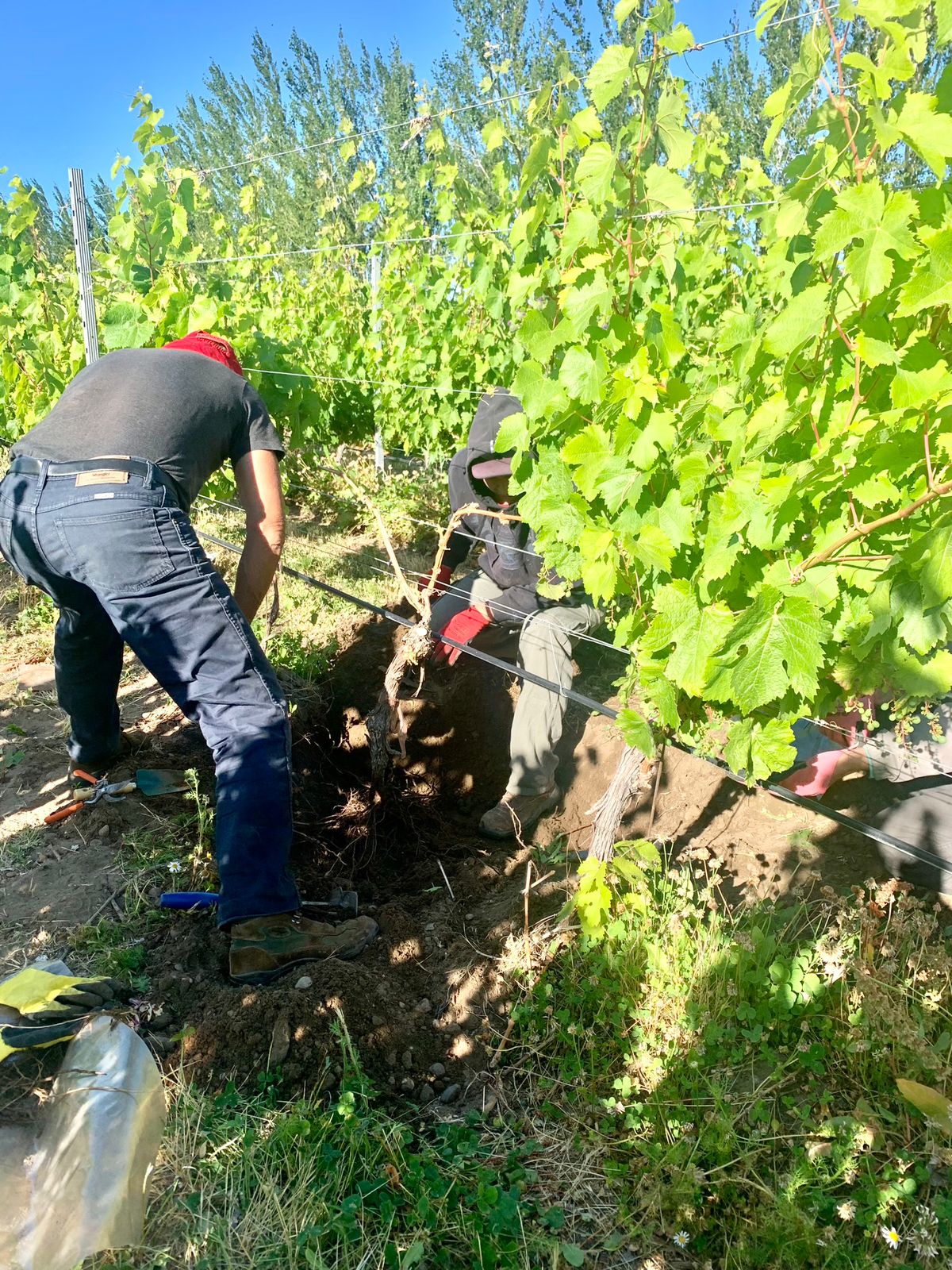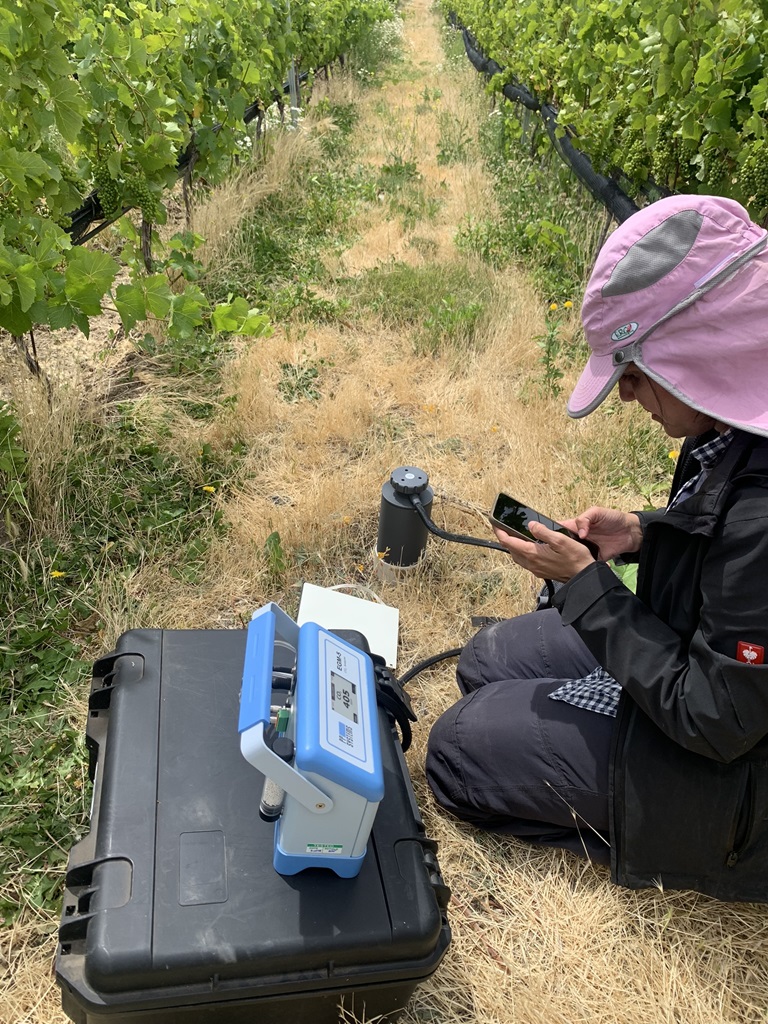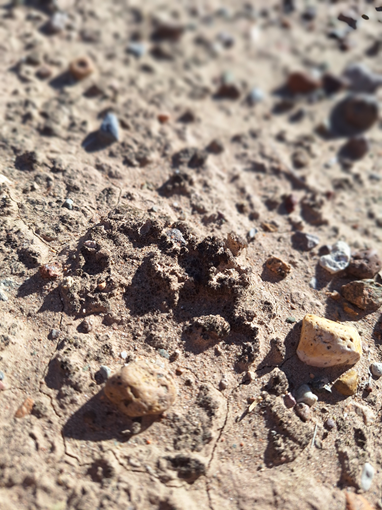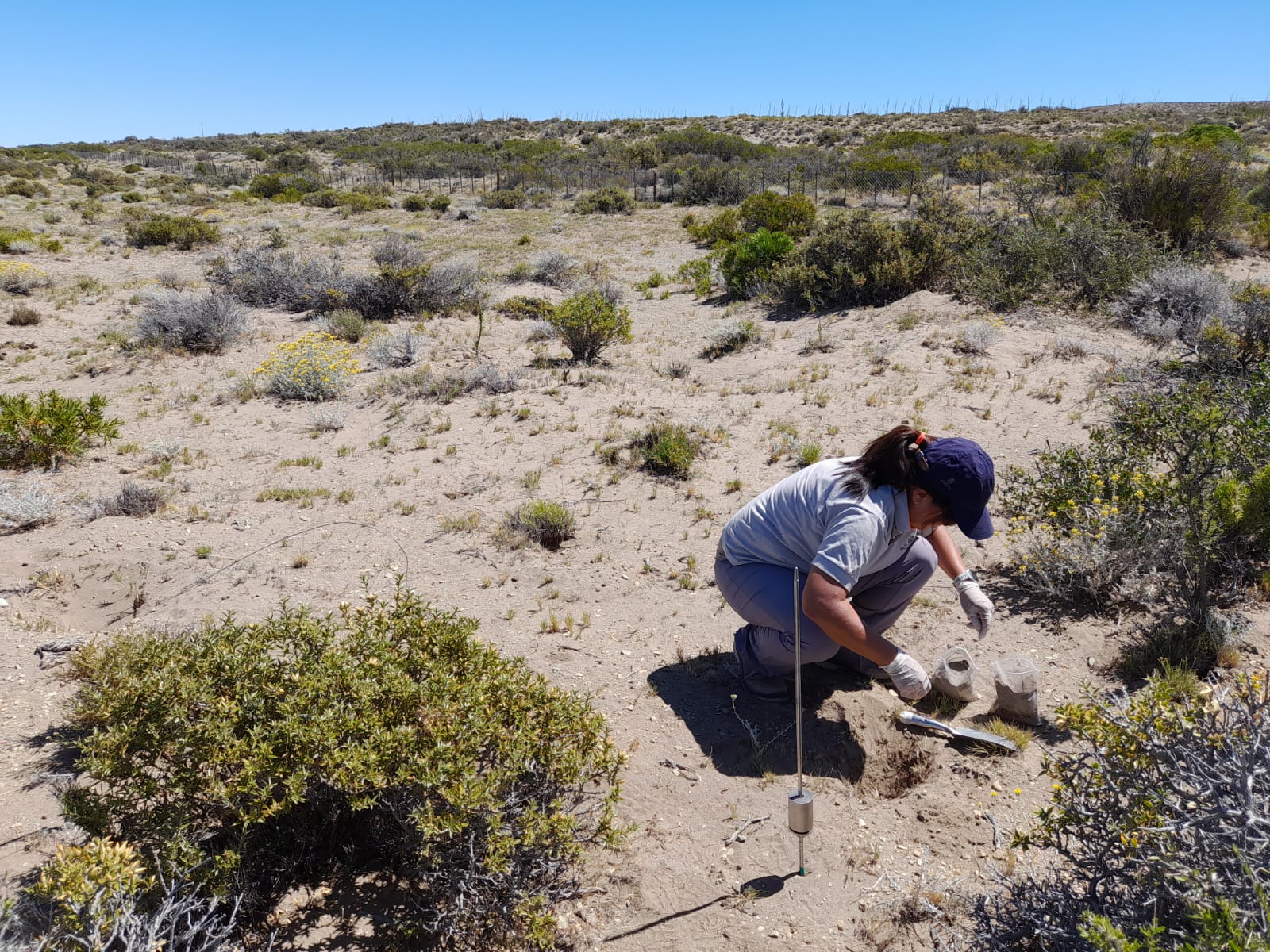RESEARCH LINES
Objetive
El proyecto inició su camino en el 2018 cuando se plantó la primera parcela de flores junto con la Universidad Nacional de Cuyo Facultad de Ciencias agrarias y luego se sumó el INTA para realizar estudios de insectos lo que facilitó que en la misma parcela se incorporé también el CONICET para estudios de microorganismos (hormigas) y también con el IADIZA-CONICET para proyectos de investigación relacionados con la absorción de CO2.
Results

SOIL
PLANT COVER
Native Yeasts
CO2 Balance on Vineyards
Objetive
To measure carbon absorption in different viticultural management.






Results
Measurement of CO2 uptake in spring and autumn in different ecosystems.
Calculation of the carbon footprint of Grupo Avinea.
Collaboration with IADIZA-CONICET.
Ver Material Agrelo
Microorganisms and How They Affect the Terroir
Objetive
To characterize soil microorganisms and their relationship with soil management types




Results
Study of the abundance and richness of microorganisms in different plant management and covers
Caracterización de los terroir de Grupo Avinea mediante la microbiología del suelo
Collaboration with IBAM and UMI IFAECI/CNRS-CONICET-UBA-IRD
Download Material (Spanish)
Terroir (Soil Texture)
Objetive
To know in depth our soils before and after planting




Results
Prior to planting, all uncultivated land was mapped using a technique called electroconductivity (I'll upload the technique), which allowed us to indirectly identify the different types of soil in each location. To verify and classify the soil types, more than 500 calicatas were carried out.
It was possible to design the parcelization of the farms.
The type of rootstock to be used was determined depending on the soil composition.
The type of irrigation was determined.
Determined which variety was most suitable for the different soil types. Information on the origin of the general and particular soils within the farm.
Understanding vine development in these soils.
Collaboration with Pedro Parra y Guillermo Corona.
Download Material (Spanish)